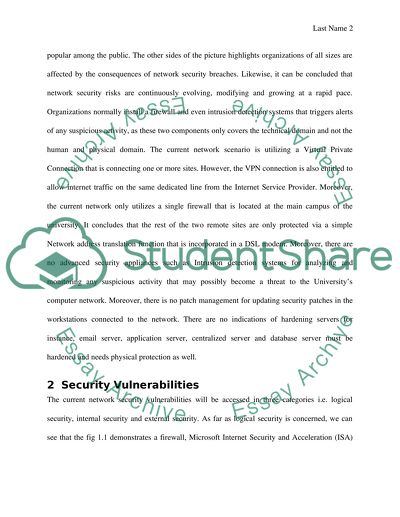Cite this document
(“Enterprise Networking and Security Assignment Example | Topics and Well Written Essays - 3000 words”, n.d.)
Retrieved from https://studentshare.org/information-technology/1398267-enterprise-networking-and-security
Retrieved from https://studentshare.org/information-technology/1398267-enterprise-networking-and-security
(Enterprise Networking and Security Assignment Example | Topics and Well Written Essays - 3000 Words)
https://studentshare.org/information-technology/1398267-enterprise-networking-and-security.
https://studentshare.org/information-technology/1398267-enterprise-networking-and-security.
“Enterprise Networking and Security Assignment Example | Topics and Well Written Essays - 3000 Words”, n.d. https://studentshare.org/information-technology/1398267-enterprise-networking-and-security.


